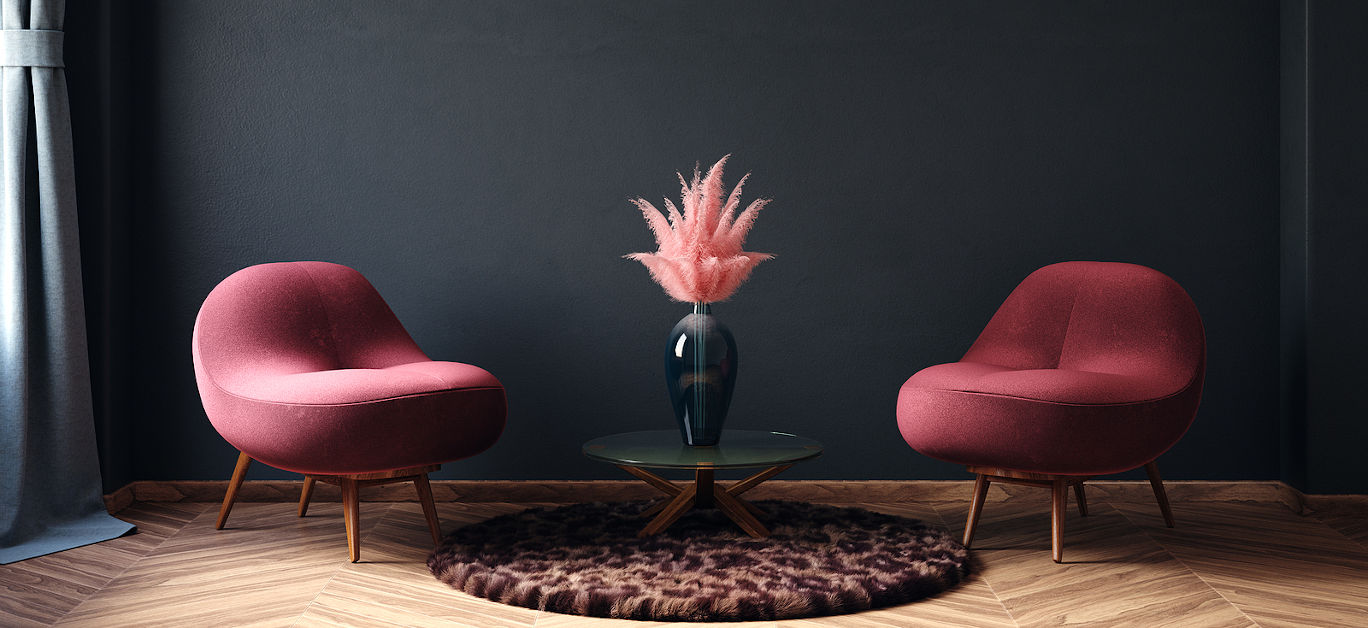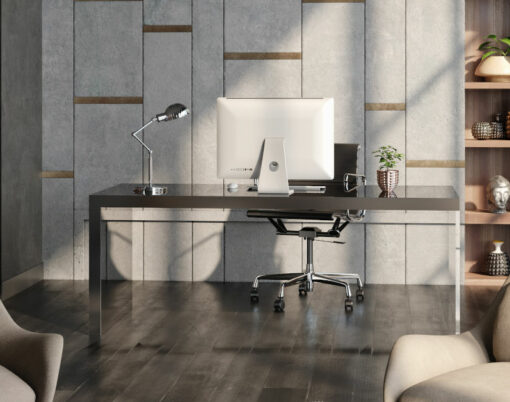Home is where the heart is, or so the saying goes, and yours should be a haven of relaxation – a space to unwind from the outside world, so it’s understandable that you will want it to be looking its best at all times.
Over time, your carefully curated space can start to feel tired and dull, therefore small changes now and then can help prevent this feeling from settling in, in fact they can transform your living space into a place of palatial perfection.
Even the most experienced homemaker can benefit from a few interior design tips and tricks to keep their humble abode feeling brand new. With that in mind, we’ve compiled five unique ideas for luxury improvement that tend to slip under the radar of ambitious DIY-ers but will surely transform your beloved house into a dream home.
1. Colour co-ordinate
A well-chosen colour scheme is a great starting point for your interior design ambitions. Monochrome palettes lend a minimalistic look to any room, creating a sleek and modern atmosphere, meanwhile, warm colours such as those with red or orange tones are great for family rooms such as the lounge and dining area.
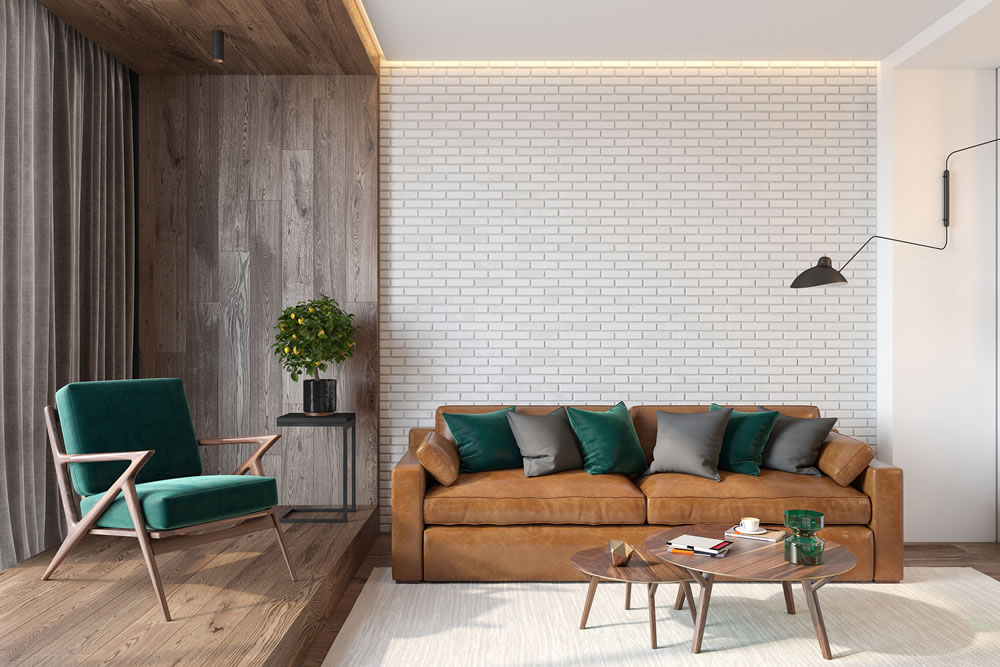
Bear in mind that your colour scheme should match the more permanent fixtures of your room, for instance, if your sofa has an ornate pattern, it would be inadvisable to choose a luminous, clashing colour such as hot pink or lime green. It’s better to let the patterned or larger objects do the talking and allow the colour palette to complement. Colormind is a great online tool to help you create and visualise colour palettes to decide what works for your room.
2. Open the door
Doors, especially internal doors, are not something we tend to change frequently but most interior design amateurs (and sometimes even pros) underestimate the impact they can have on the ambiance of a room, with the right fit having the ability to produce a transformative effect.
For instance, white wood or glazed doors will complement a contemporary theme, particularly in kitchens and bathrooms. Alternatively, for a more traditional feel in lounges or dining rooms, you could opt for a darker wood like walnut.
Switching doors isn’t considered a DIY task by many, but it’s much easier than you think. Oakwood Doors have an incredible selection which can be shipped to your home, as well as a how-to guide on hanging a door, alongside other useful tips, on their website blog.
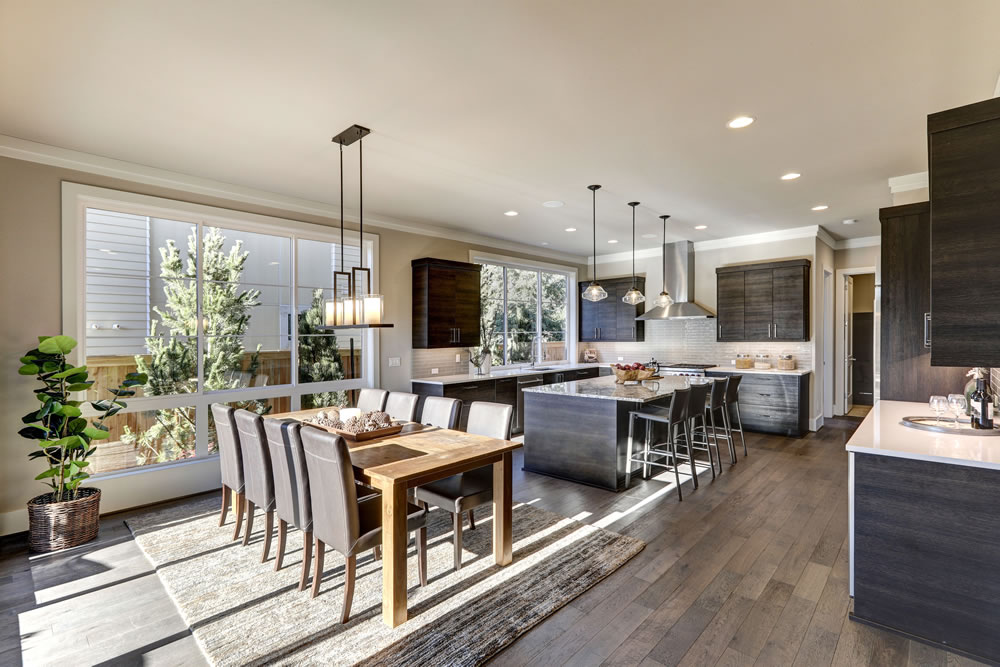
3. Decorations
When compiling your dream interior, everything on display in your home should be chosen to reflect your immaculate taste. As Victorian writer and textile designer William Morris once said: “have nothing in your house that you do not know to be useful or believe to be beautiful.” And if they happen to be both? Well, even better!
Typical household adornments such as ornaments and plants are a great way to introduce a little character into any room and let your personality shine through, as are wall hanging such as art prints and canvas, or family photographs.
And if in doubt, why not add a few books? The perfect solution to add an air of class and intellectualism to any room, a row of attractive hardbacks in your home office is sure to look impressive, whilst a selection of well-loved paperbacks in living spaces such as your lounge or bedroom adds a rustic, cosy touch.
4. Fancy fabrics
Fabric can be a great finishing touch to any thoughtfully designed room. Contrasting colour combinations, such as a mix of jewel and warm tones, can be brought together with a complementary cloth addition such as new curtains or cushion covers, whilst opulent throws and fleecy rugs can be an instant centrepiece in almost any room.
For a soft room upgrade that your feet will thank you for, a luxury carpet can also bring an additional touch of class and elegance to a bedroom or living room. Carpet Warehouse recommends deep pile Saxony carpets as the most premium and inviting, with plush, densely packed fibres and shifting colour tones that leave an impression as you run your hands through them.
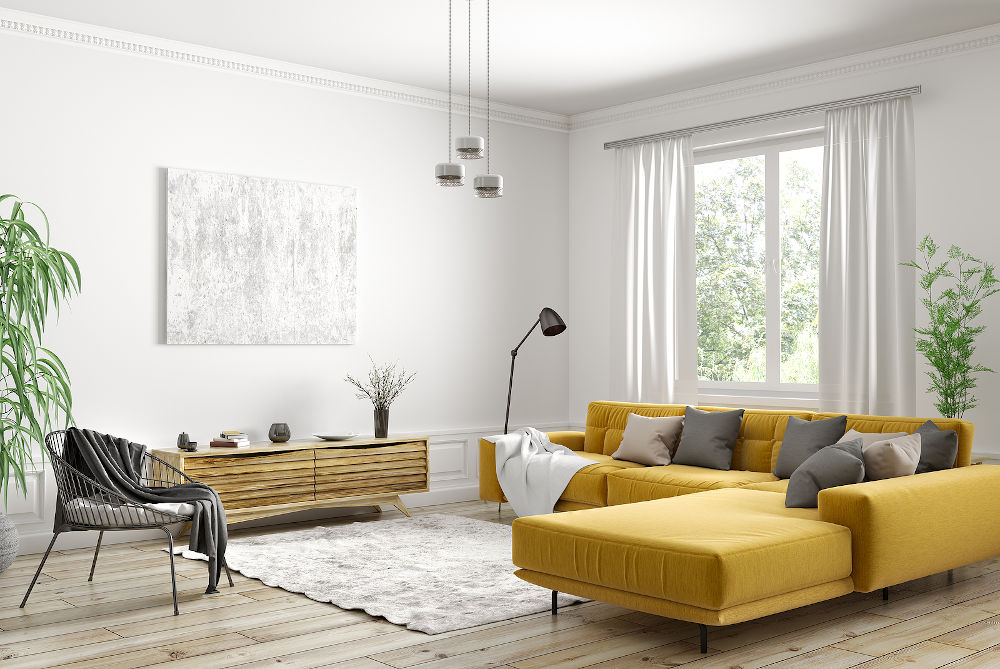
If you’re struggling to find the right curtains for a space, remember that blinds are a great alternative that don’t tend to dominate the room in such a demanding fashion.
5. Lighting
The perfect lighting combination tends to depend on the room you’re choosing for, as well as personal taste, but generally, dining rooms and kitchens should be fairly well-lit, whilst less is more in spaces like bedrooms.
Remember that lighting does not always have to be exclusively functional, but decorative too. A chandelier style fitting in the dining room adds a luxurious, vibrant feel and creates a talking point for visitors, whilst lamps on end tables are cosy and atmospheric.












